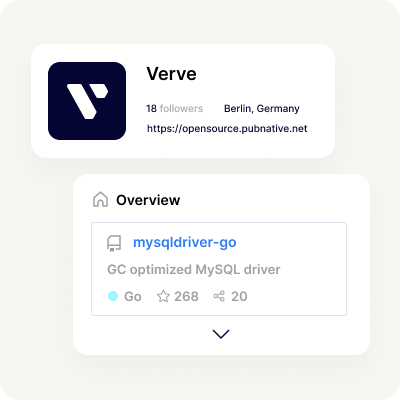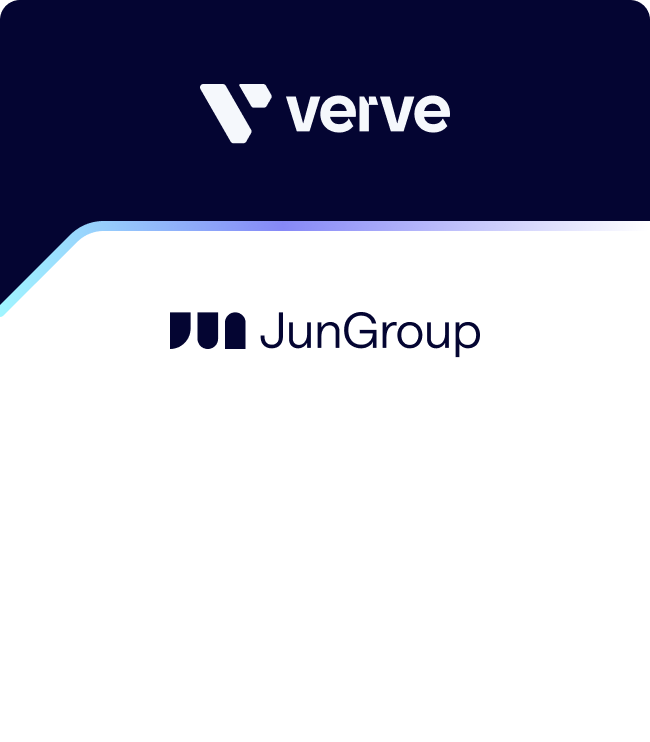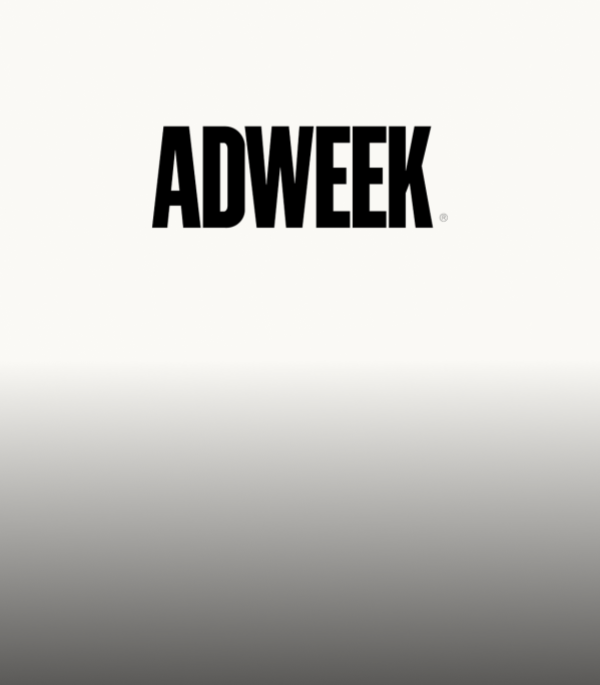
Performance+ Marketplace formerly PubNative
Turn every tap into potential
Boost impressions and fill rates through a marketplace designed with conversion in mind.
Get creative with engaging formats that drive performance when and where you need it
Changing privacy regulations on mobile make it harder to target the right audiences. But with Performance+ Marketplace, ID-less environments are rich with opportunities to convert. Tap into proprietary cohorts and engaging formats to monetize every app visitor, all while staying compliant with regulations as they evolve.





Advanced control and compliance
Don’t get swept up in changing privacy standards and audience expectations.

Transparency and control
The open-source SDK allows for complete control over ad rendering, data practices, and customization to fit your specific needs.

Low-churn ad experiences
Pre-cached, buffer-free ads ensure a seamless user experience, reducing churn and enhancing engagement.

Privacy compliance
Stay compliant with GDPR, CCPA, and COPPA, and use Apple’s SKAN and Google’s Privacy Sandbox initiatives for data security.
Scalable and transparent monetization
Your comprehensive solution for maximizing mobile app revenue with advanced targeting capabilities and high-impact ad experiences.
Reduce acquisition costs with traffic shaping, powered by sophisticated ML models.
Provides complete transparency and customization for ad rendering and data practices.
Enhances bidstream value with enriched data signals for better targeting and higher eCPMs.

Optimized monetization strategies
You’ve already got the audience, now you just need the vehicle to transform it into revenue.

Advanced technical infrastructure
The Performance+ Marketplace leverages best-in-class technology to give you an innovative, scalable platform for ad delivery and monetization.
Technical features
Global data centers
Latency-free ad delivery and scalability across NAM, APAC and EU.
IAB OpenRTB compliant
Standardized ad delivery and transparency.
Regulatory Compliance
Compliant with CCPA, GDPR, COPPA and more.
Supports Sellers.json and App-ads.txt
Contextual and cohort categorization
Supports ID-less addressability that are in line with IAB definitions.
Independent measurement partners
Viewability supported by IAB OMSDK, fraud prevention by Human and Pixalate, and attribution with integration with MMPs and Apple’s SKAN/AppAttribution API.
Member of Prebid and IAB Tech Lab


Katie Mcbrien
Systems Engineer
“Lorem ipsum dolor sit amet, consectetur adipiscing elit. Sed euismod ac urna ac aliquam. Mauris eu tortor non erat facilisis vulputate. Sed laoreet sed sem lacinia finibus”.
Katie Mcbrien
Systems Engineer
“Lorem ipsum dolor sit amet, consectetur adipiscing elit. Sed euismod ac urna ac aliquam. Mauris eu tortor non erat facilisis vulputate. Sed laoreet sed sem lacinia finibus”.
Trusted by the best DSPs




















Unlock performance ad revenue today
Turn your app into a revenue-generating machine by using Verve’s Performance+ Marketplace for high-impact ads and exclusive data signals.
Related Content

Press

Blog

Blog

Blog

Blog

Blog

Blog

Press

Blog

Press
Subscribe to stay in the know